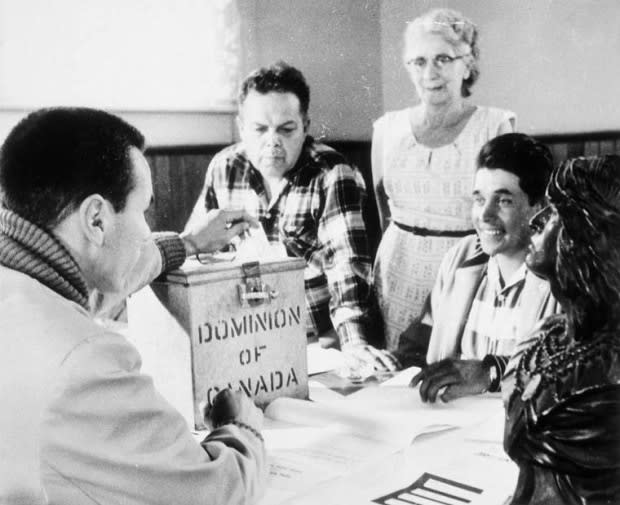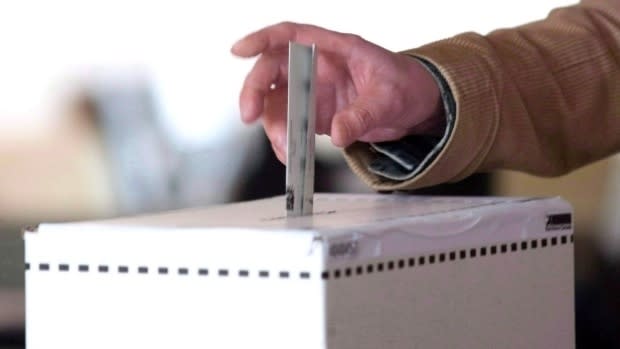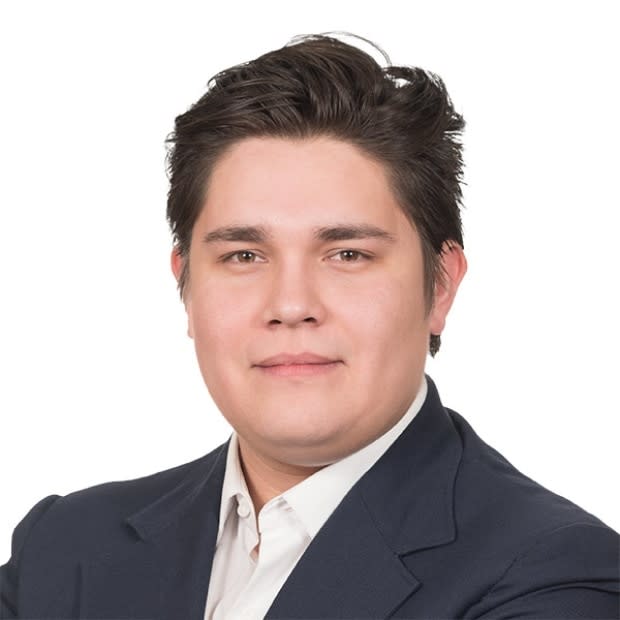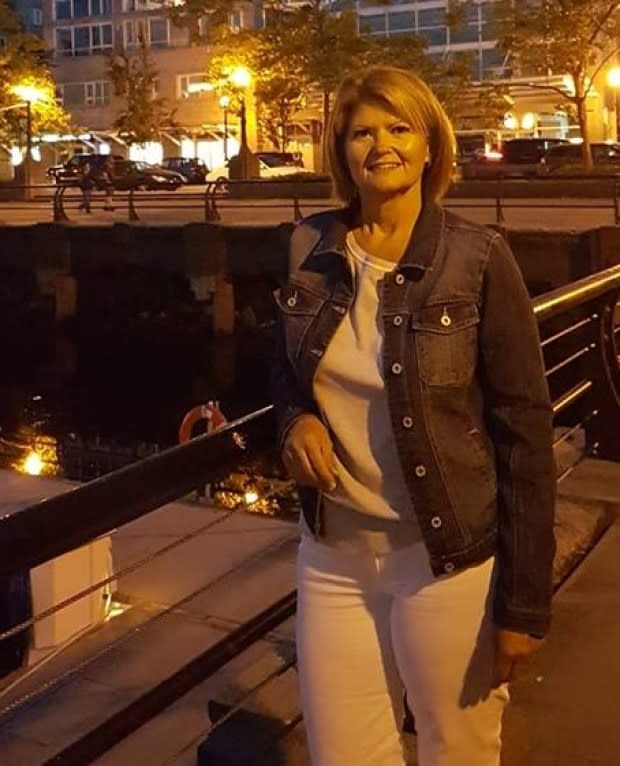The 1st First Nations to participate in a federal election reflect on the politics of voting
On Oct. 31, 1960, members of Hiawatha and Curve Lake First Nations in Ontario made history in Canada by voting in a federal byelection without losing treaty status.
This was two years before the Canada-wide federal election of 1962 where status First Nations people across Canada were able to vote for the first time.
The legislative changes to extend the vote to First Nations, brought in by John Diefenbaker's Progressive Conservative government, took effect in July 1960.
In Peterborough, Ont., the death of the riding's longtime Progressive Conservative MP, Gordon Fraser, led to a byelection that October. Hiawatha and Curve Lake First Nations citizens became the first to exercise their voting rights as First Nations people.
"It really changed things," said Eleanor Muskratt. Her late husband, Eldon Muskratt, was a band councillor in Hiawatha at the time and helped staff a polling station for the byelection.
She said it was a big day that led to the reserve becoming more involved with the surrounding communities like the village of Keene and the city of Peterborough.
"Before, you were just sort of by yourselves," she said.

After the First Nations were given the right to vote, she said members felt more accepted because non-Indigenous people would see they were all just people.
"I think that's what brought people together, that vote."
While the right to vote may have brought these communities together, the act of voting in Canadian elections can be a contentious subject in Indigenous communities.
Some First Nations groups say voting gives people a voice and a seat at the political table that was not guaranteed until the 1960 legislation, while others argue that participating in Canadian politics goes against traditional governance structures.
Responsibility to make a choice
It's difficult for Sean Conway, a Curve Lake First Nation councillor, to think that there was a period of time in his parents' lives when they were denied the right to vote.
Along with being a councillor, Conway is also co-chair of the Ontario New Democratic Party's Indigenous Peoples Committee.

Conway said his parents were proactive in talking to their children about politics, including how it was important to vote and understanding the consequences of their actions.
Voting is a simple but important gesture, he said.
"We didn't always have that direct line with the state," Conway said.
"I think that there's a lot of responsibility for First Nations voters to make a choice, if not for their own representation, to have a say in the process of things that affect them."
He recognized that voting can be a polarizing action within Indigenous communities but he said it's imperative that Indigenous people understand what they're doing and why they're making these decisions — whether it's to run as a candidate, vote for a political party or to choose not to participate — and recognize the potential consequences.
"You vote because you want to see change or you want you want to make your voice heard or you don't vote because you understand the system and you don't have confidence in the system," said Conway.
"People are allowed to have their opinions and their beliefs and if you don't want to recognize the Canadian state, that's fine," he said. "They're not going to recognize you."
Choose or choose not, but be informed
Hiawatha First Nation Chief Laurie Cowie-Carr said she believes voting is important but echoed Conway's sentiment that each individual has the right to choose whether they vote or not.

Cowie-Carr's late father, Frank Cowie, was chief in Hiawatha for nearly 20 years. She said that since that time, in the last 30 years, not a lot has changed in the relationship between Indigenous people and Canada.
She said when she was younger her father would talk to her about politics and explain who the parties were and why he was voting the way he was. That was influenced by how they were working with Indigenous people.
"If you don't use your right to vote, then that could get in a party that has less value of Indigenous peoples, First Nations and our treaties," she said.
In 1960, when Hiawatha and Curve Lake took part in the Peterborough byelection, Cowie-Carr said the only party willing to work with the First Nations was the NDP. That was the first time — and so far only — time that party was elected in the riding federally.
"People always read the good, the bad and ugly of each politician and I think it's important for us to look at their platforms," she said.
"Sometimes we only look at what they're doing. What aren't they doing for Indigenous Peoples? It's important to be aware of that, too."
Rise in voter turnout
According to Elections Canada, the 2015 federal election saw on-reserve voter turnout rise by 14 percentage points, while the turnout among the general population increased by six percentage points.
This statistic does account for Indigenous people who live off-reserve or in urban settings and because Elections Canada does not collect demographic information at the polls, these numbers also do not take into consideration non-Indigenous people who live on-reserve.

Over the last 10 years Chad Cowie from Hiawatha First Nation, a PhD candidate at the University of Alberta, has been studying Indigenous politics and recently Indigenous voting. For his dissertation, he is looking at the impact of Indigenous people voting with a focus on the 2015 election and the current election.
"Voting can work when it helps benefit you in the sense of getting rid of who might be a common enemy," said Cowie.
But he said the 2015 rise in turnout may not be repeated this time around.
"The current government has not done enough to hurt us to make us angry to come and vote and they have not done enough to make us love them and come out to vote."

